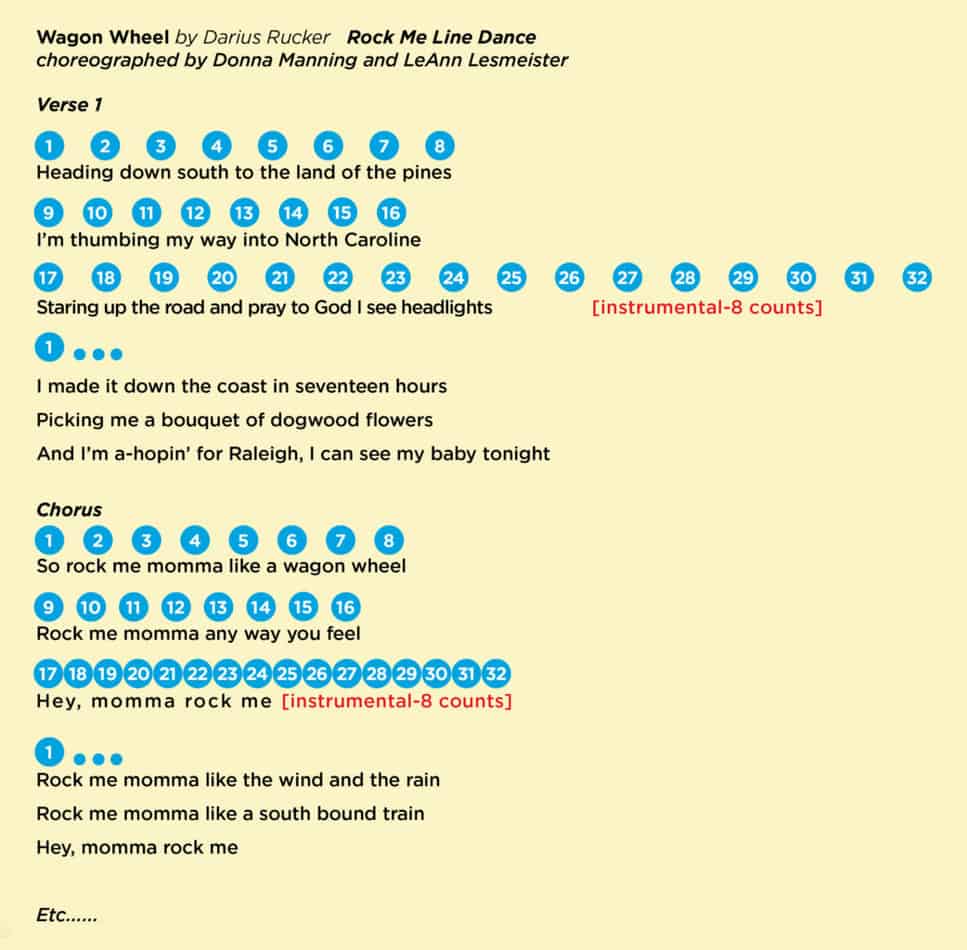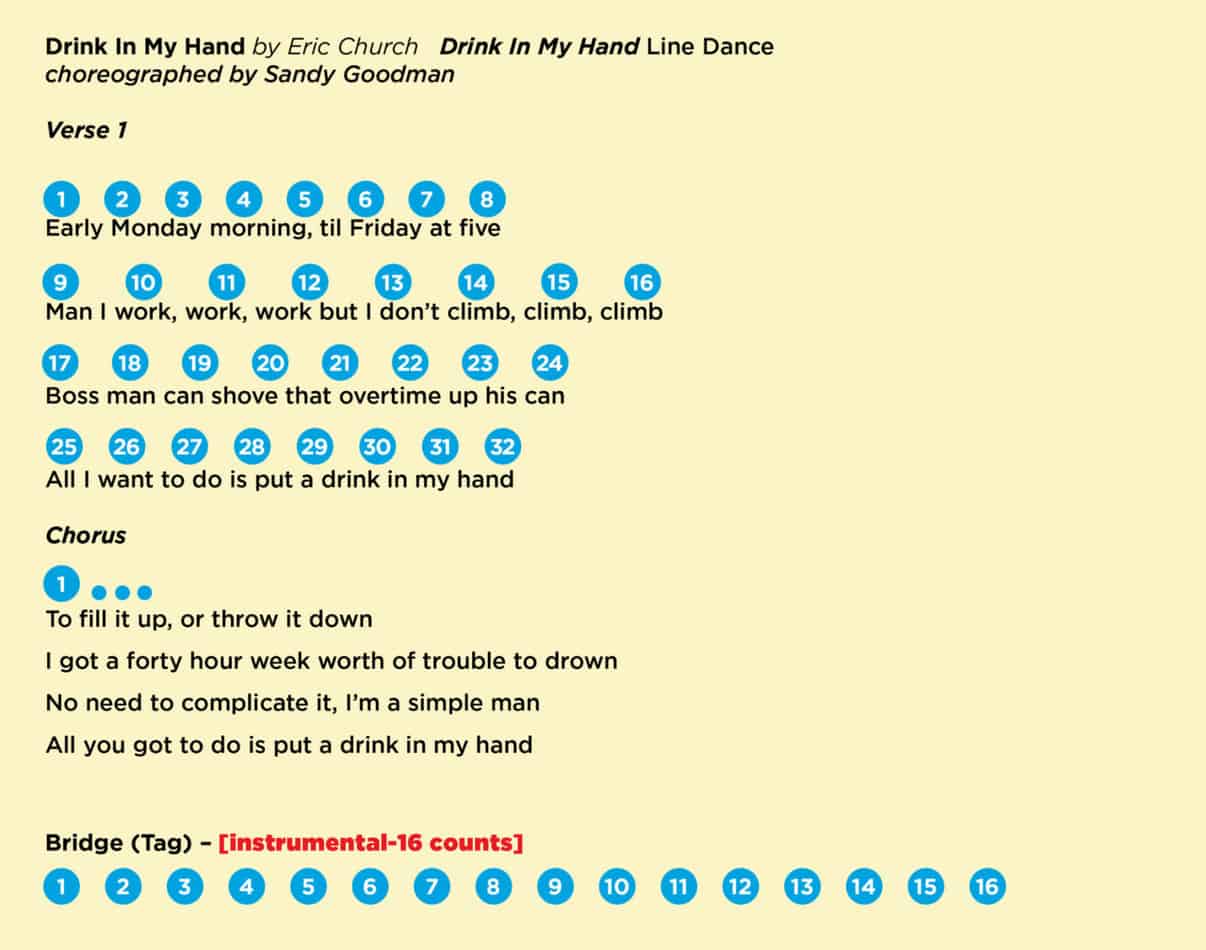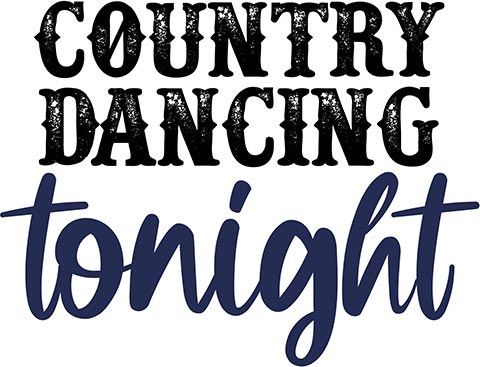From the Author: I live in Southern California and have been country dancing for over 6 years. I have spent countless nights out both line dancing and partner dancing and have traveled around to see firsthand almost all the places on my list. Please comment below! I generally respond quickly!
This post will deal with some important dance terminology, namely tags and restarts. I’ve been line dancing for a few years now and while I love all country dancing including line dancing, honestly I’ve yet to be excited about the “tag” in line dancing.
Tags are something that you will come across with certain dances, particularly with improver or intermediate line dance choreography.
It takes a little more effort and attention, but just like line dancing, in general, you can learn them and let them add a little spice to the dance!
A tag in line dancing is the additional inserted steps to the dance. It is extra choreography in addition to the main choreography of the dance.
Tags are necessary for line dances from time to time because of how a song is written. If a song has a “bridge” or a break from the standard phrasing of the song the added tag is an additional sequence of steps in the dance (extra choreography).
A song with a bridge is also referred to as “out of phrase.” A part of the song is different and has an inconvenient number of steps. The tag is created to align with this odd part of the song to keep the dance going while you’re waiting for the song to pick up again and repeat the dominant structure or phrasing.
Examples of Line Dances with and without Tags
Simple line dances that don’t have tags are typically danced to songs that have perfect phrasing. This means that the song is evenly phrased in 32 count sets or verses. Below is a good example:

Below is an example of a song that has a bridge and requires a 16-count tag. Eric Church’s song Drink In My Hand:

Restarts in Line Dancing
Like a tag in the choreography of a line dance a “Restart” is also something needed when a song is “out of phrase.” A restart is simply stopping before all the dance steps are completed and beginning over. This could be needed if say a song has 32 count verses, but then the chorus only has 16 counts. At the end of the chorus, it would be common for the choreography to just restart the dance at that point to start with the first count of the next verse.
Some popular line dances that you’ll run across in your local bar that have a restart are:
Goin’ Hamm – Choreographed to Crank It Up by Colt Ford
Ain’t Too Cool – Choreographed to Ain’t Too Cool by LunchMoney Lewis
American Kids – Choreographed to American Kids by Kenny Chesney (Randy Pelletier’s version)
This last one for me lately is one that I think about a lot. Honestly, it took me a while to really get it ingrained in my memory and always be ready for it. One thing that helped is that you dance the dance all the way to the 6th wall to Kenny Chesney singing. It’s at that 6th wall rotation, that you start the dance again to NO singing. That’s the queue that the restart is coming! As soon as you face wall 7 (the back wall) the words begin again, and the dance restarts! (see the video at 1:15 in to hear Randy Pelletier call out the restart!).
A Little More About Tags…
Another thing to know about tags is that there can be tags of any length. A tag can be 1, 2, 8 counts, etc., –as many beats as that extra piece of music is.
Obviously, if a line dance has a tag it adds a layer of complexity to the dance. As a beginner line dancer, it will be normal to prefer dances without tags or restarts. The saloon where I go the most tends to teach these easier dances on the weekend when new people come. This is good since they’re becoming introduced to line dancing perhaps for the first time. And naturally, these are going to end up being the more popular line dances. When it comes to tags try to just look at them as “bonus steps!”
More advanced dances that include tags and restarts are more challenging and as you become more advanced in your skill I think you will welcome the challenge. I hope this helps to explain the reasons for tags and restarts.
My Experience with Tags and Restarts
If you keep getting out to go line dancing, you will get better. You may have the line dance down except for the tag or restart. There have been many nights when I am dancing along just fine and then someone calls out “Restart!” or “Here comes the Tag!” I’m glad they do! Generally, it’s because there are lots of us that just aren’t that good to remember it! It’s common to get a little help from either the person teaching that night or just the regulars that know the dance well. I appreciate that heads-up when the tag is starting or there’s a restart. I still might not remember all the tag steps, but at least I’m ready to watch everyone and fake it!
Below are two videos showing the dance mentioned above. Eric Church’s Drink in My Hand is a good example of a song with a restart. The first is from Sandy Goodman, the choreographer, but a little blurry. I included the second from Dancing with Patti. This one is a little clearer and easy to see. It is especially more helpful at the tag part of the lesson.


We have a debate in our line dance club as to wall number after a RS. Example, during Wall 2 (3:00) you have a 16 count restart facing 9:00, does that Wall now become Wall 3 or is it still Wall 2 because the dance was not completed.
Please help.
Thank you.
That is so interesting! I’ve never heard of any confusion about what wall were on. I will ask around! To be continued… I anyone has an opinion, please chim in!
Once you restart, it’s a new wall. Many choreographers hold this view from the step sheets with restarts that I’ve seen.
My understanding is that whenever you start the main dance routine from its 1st step/count, you’re starting a new wall. It doesn’t depend on what you did in the previous wall.
So, in the example, 9:00 should be Wall 3.